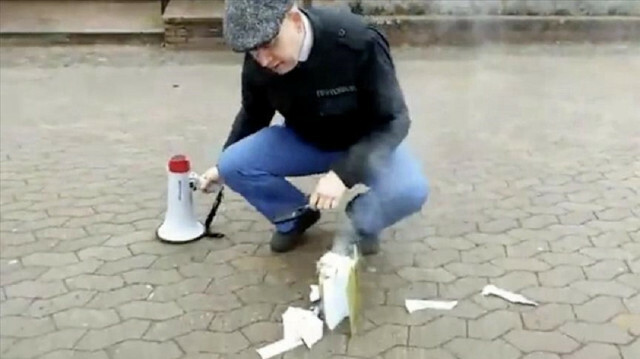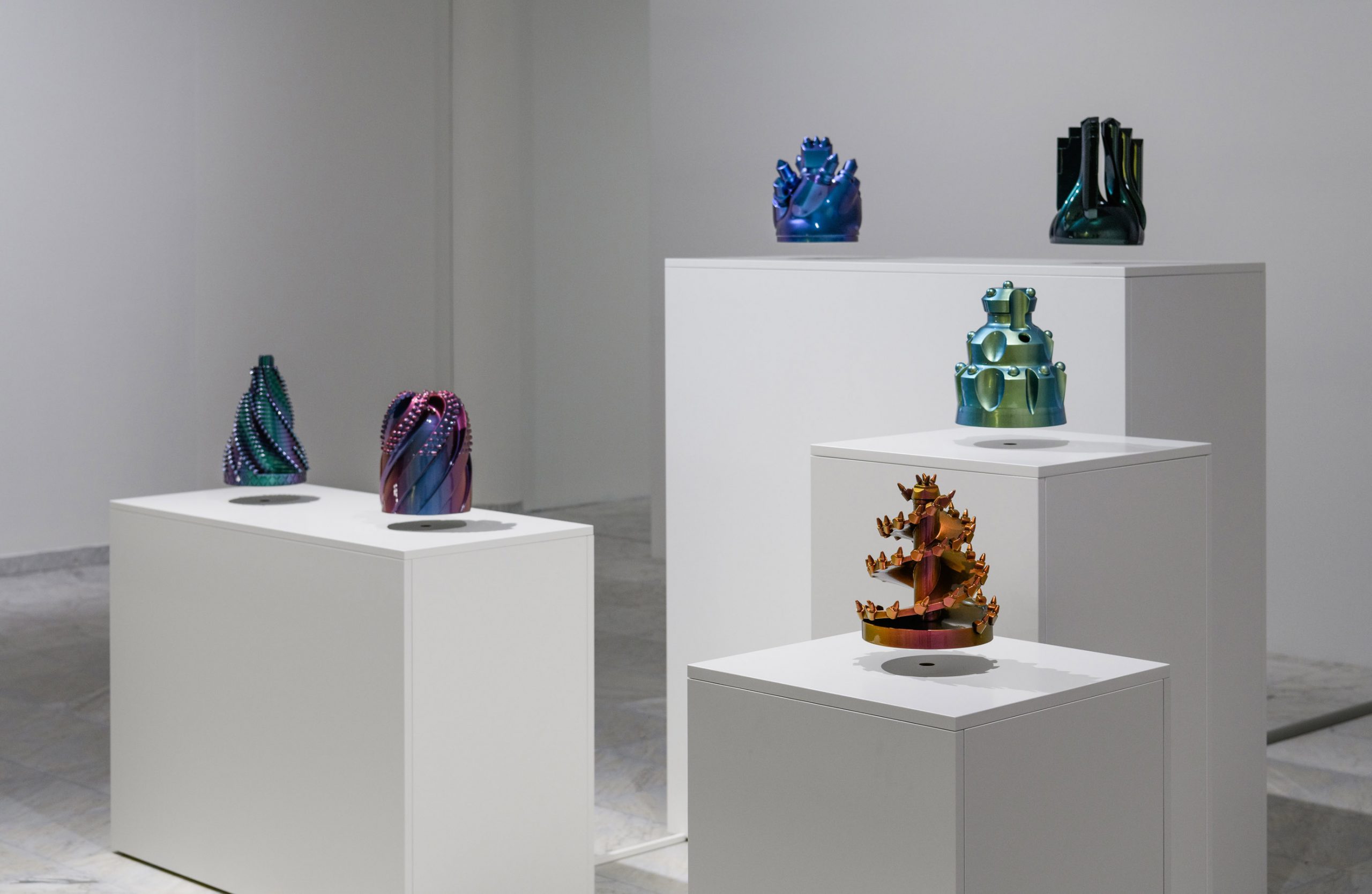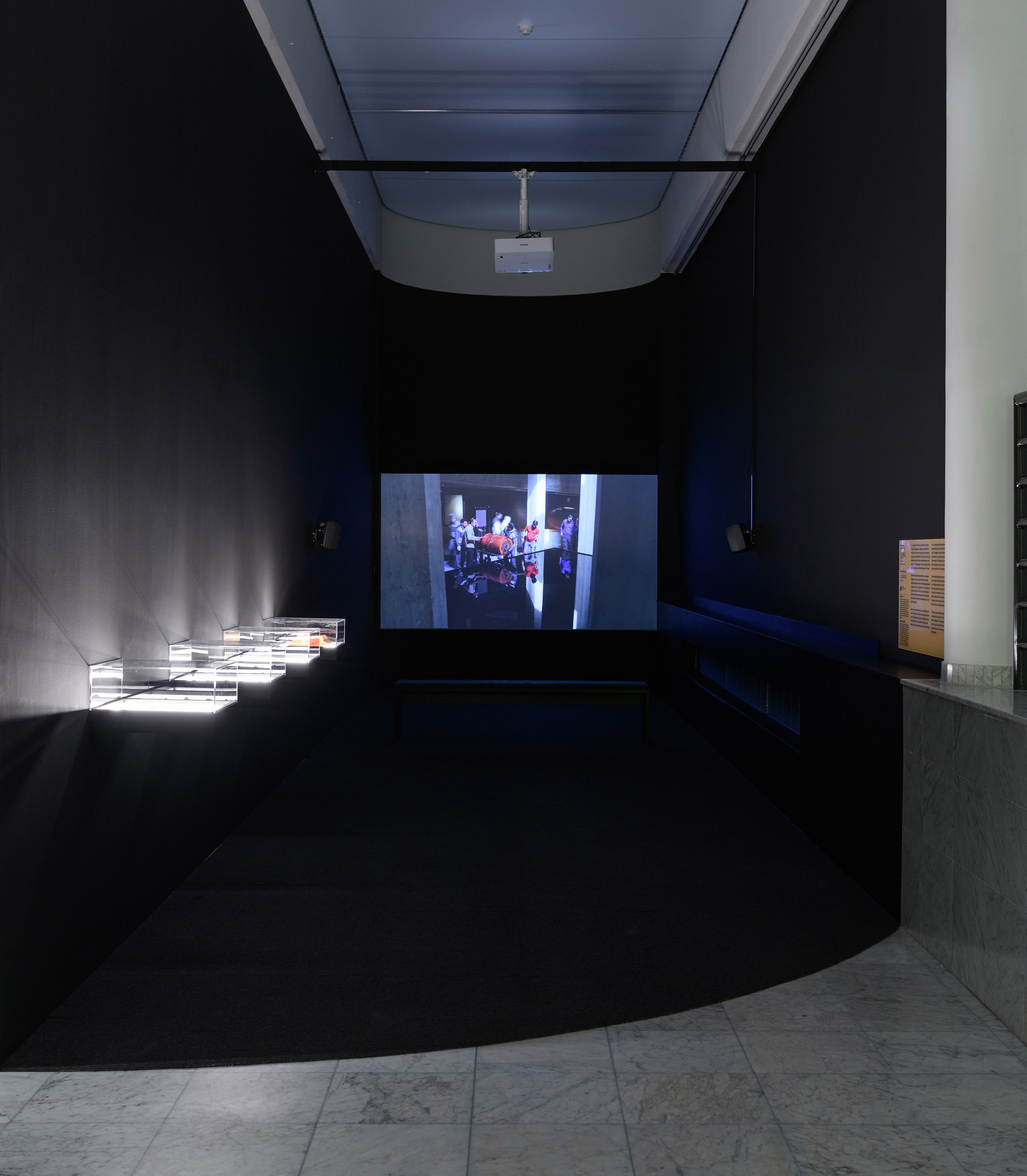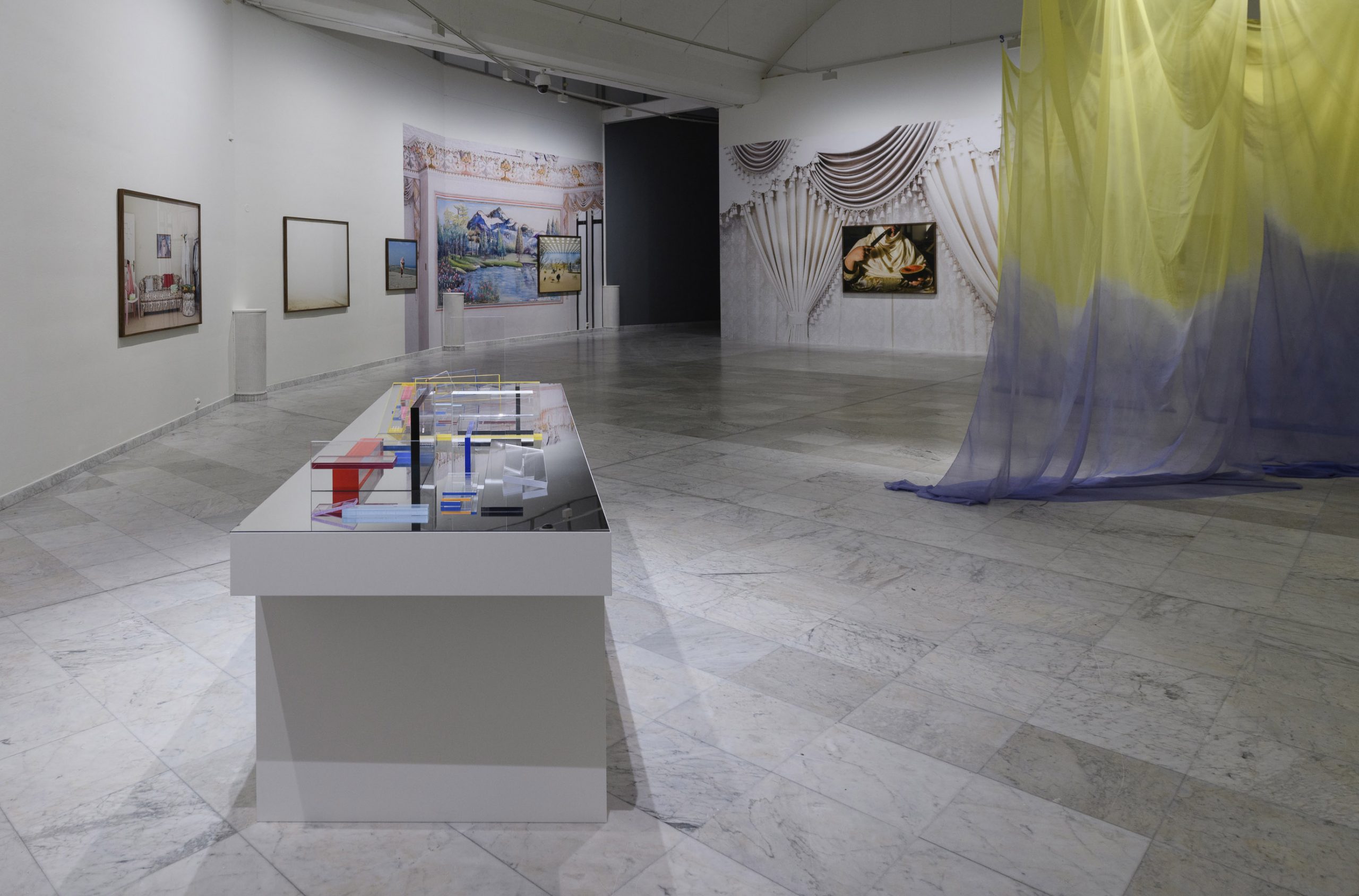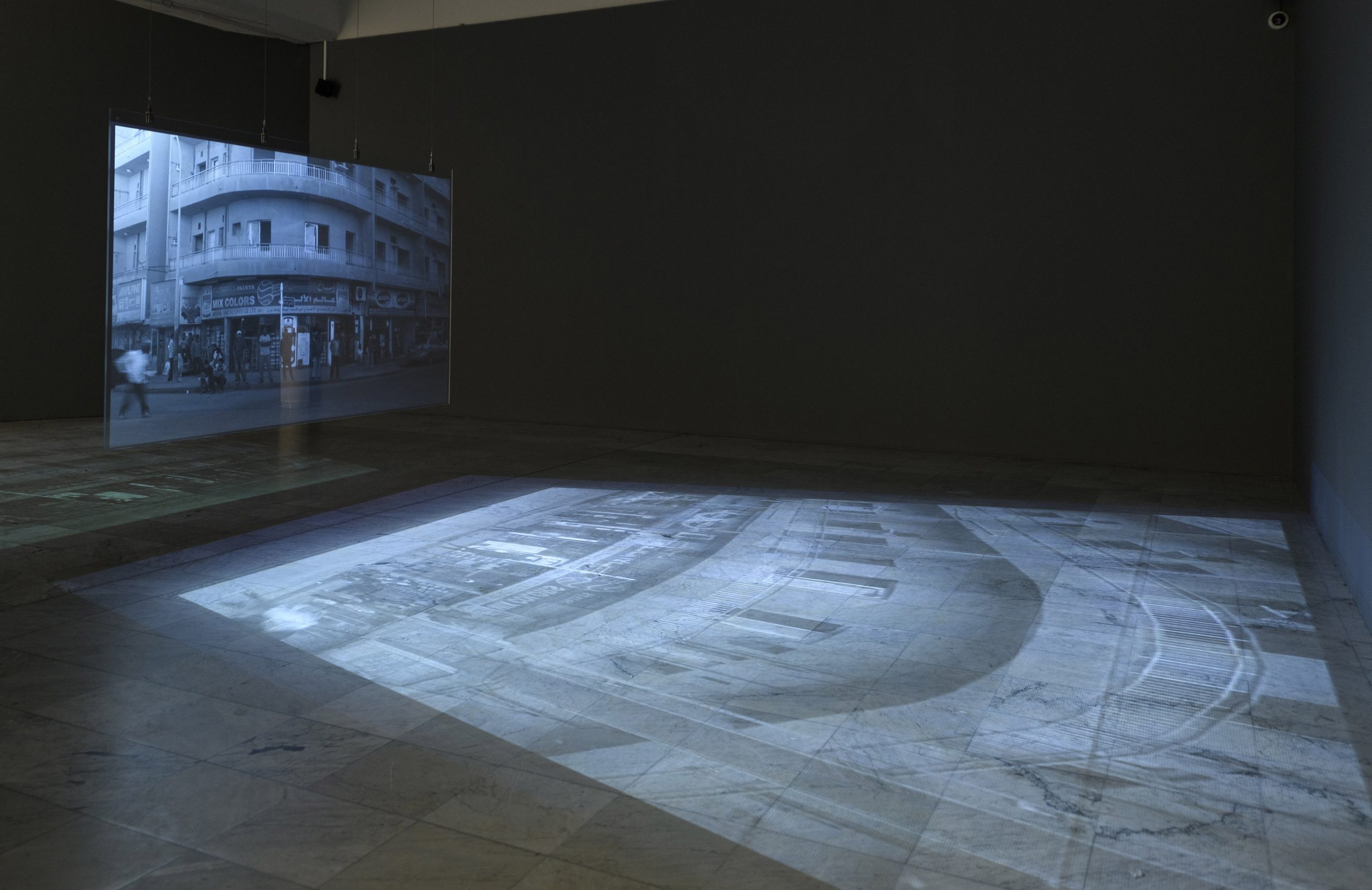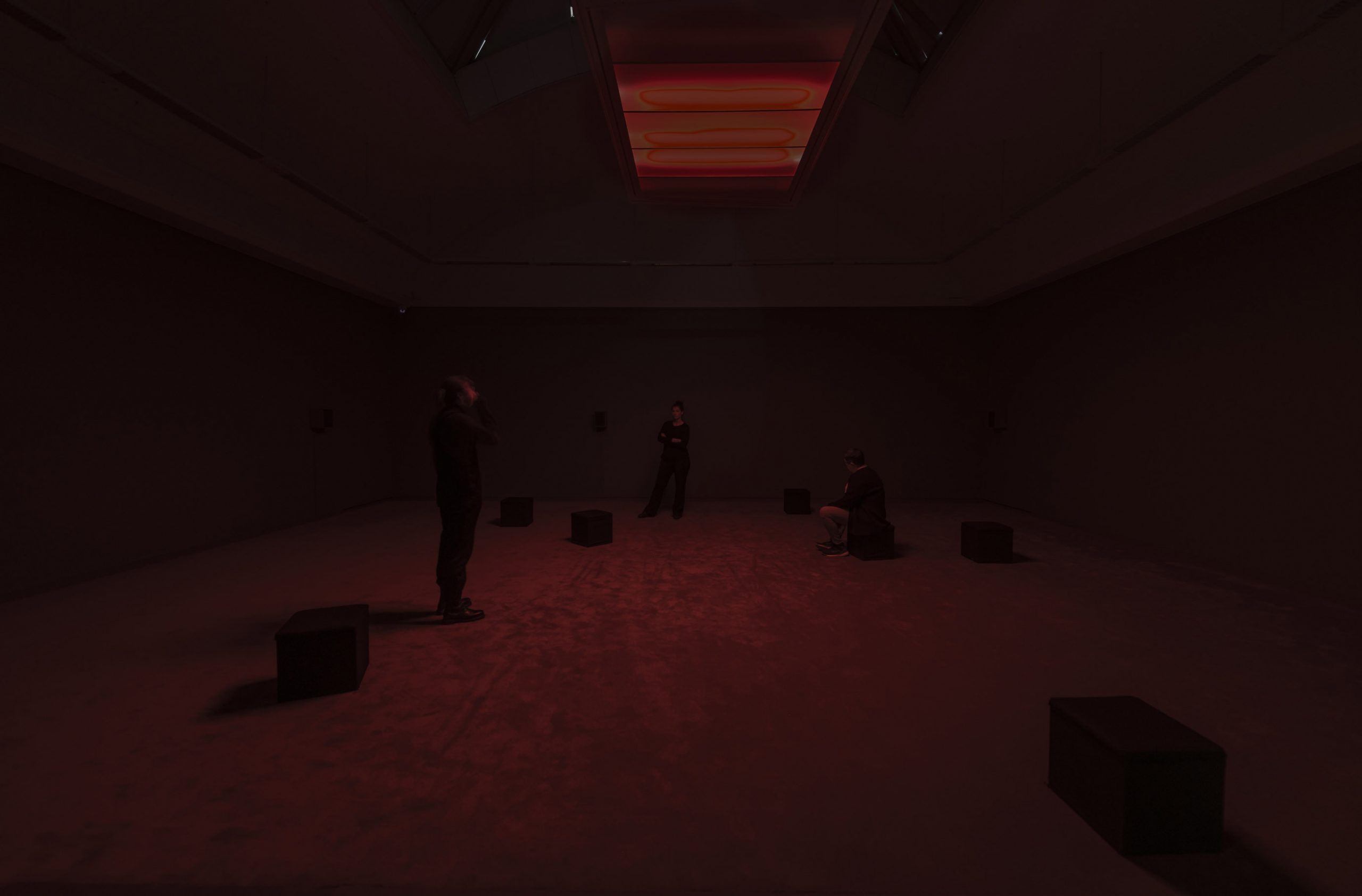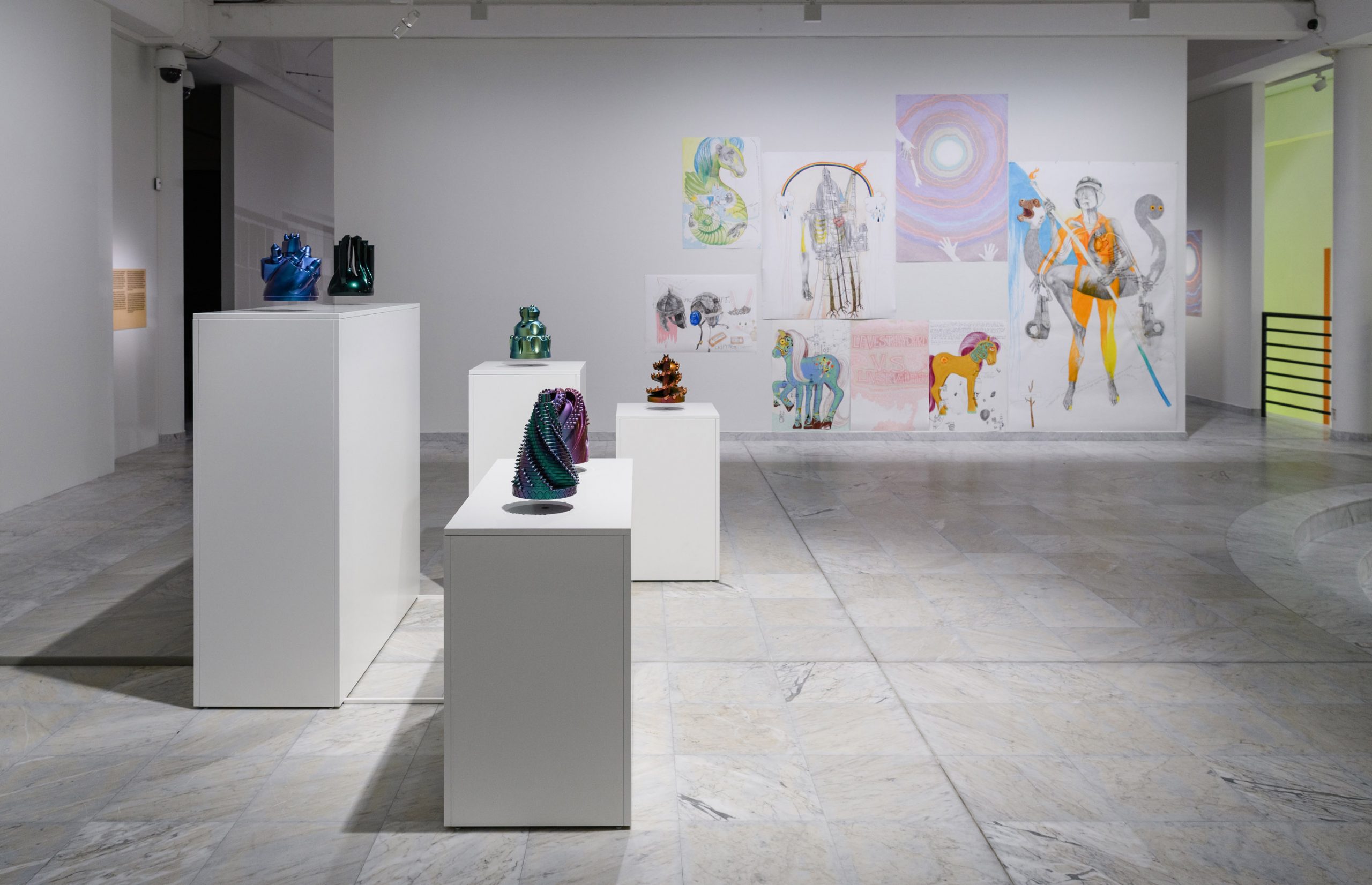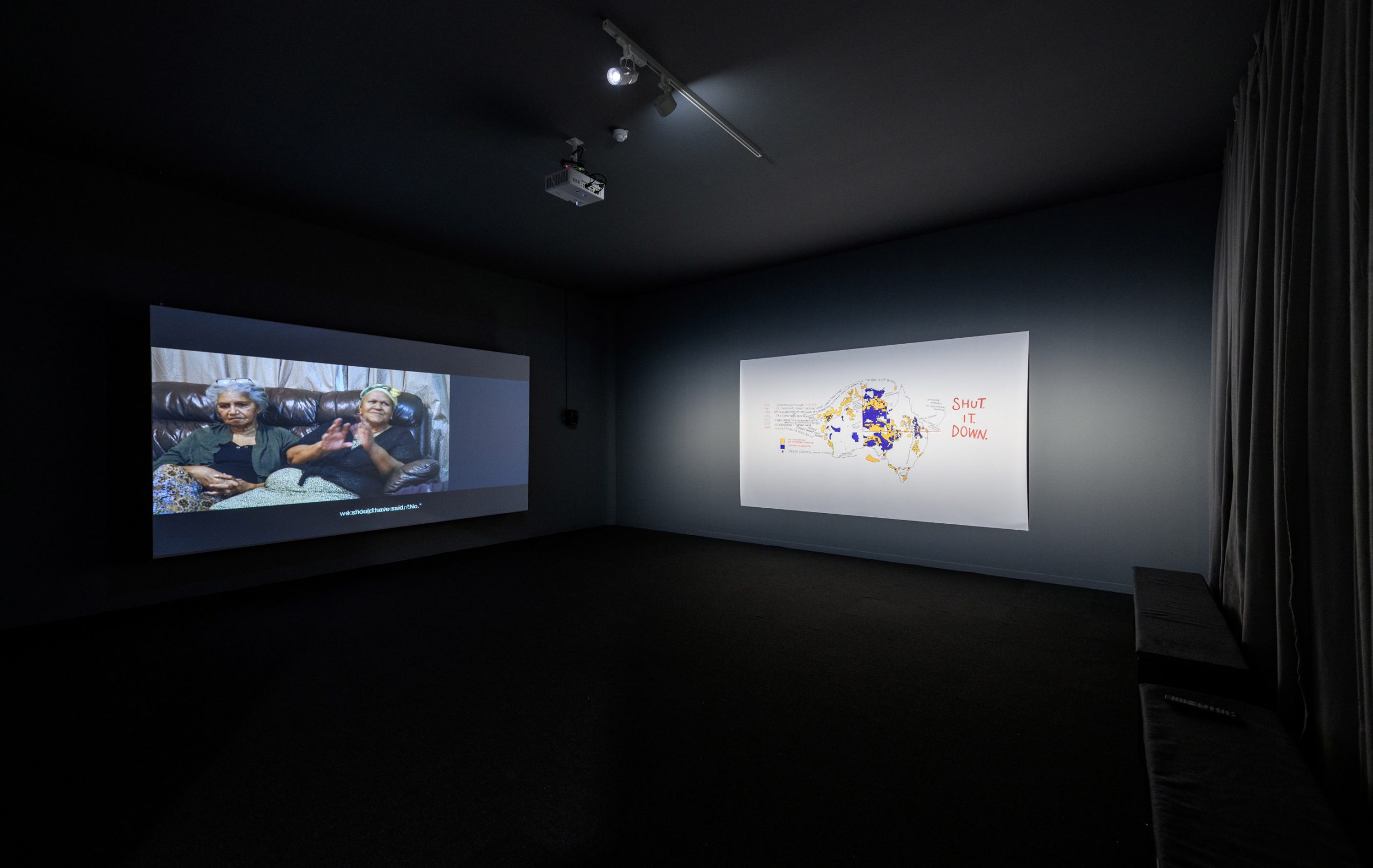War in Ukraine & Rise in Arms Spending Undermine Development Aid to the World’s Poor

Workmen at Dar Es Salaam harbour loading bags of wheat on a truck, in Tanzania. Global food prices have reached “a new all-time high,” the head of the Food and Agriculture Organization Qu Dongyu said, “hitting the poorest the hardest.” 8 April 2022. Credit: FAO/Giuseppe Bizzarri
UNITED NATIONS, Apr 15 2022 (IPS) - The unprecedented flow of arms to Ukraine, and the rising miliary spending by European nations to strengthen their defenses, are threatening to undermine development aid to the world’s poorer nations.
Yoke Ling, Executive Director of Third World Network told IPS the escalating military spending will definitely have a direct impact on a range of spending that the North has committed to developing countries — from official development assistance (ODA) to climate finance, “that is a legal obligation under the climate treaties”.
Even before the Russian-Ukraine war, she pointed out, the North has been reducing development financing. “So, we expect the regression to worsen,” she added.
A UN report, titled 2022 Financing for Sustainable Development Report: Bridging the Finance Divide released April 12, says record growth of Official Development Assistance, increased to its highest level ever in 2020, rising to $161.2 billion.
“Yet, 13 countries cut ODA, and the sum remains insufficient for the vast needs of developing countries”.
The UN also fears “the fallout from the crisis in Ukraine, with increased spending on refugees in Europe, may mean cuts to the aid provided to the poorest countries”.
In the face of a global crisis, near-time actions and additional international support are needed to prevent debt crises and address the high cost of borrowing, the report warns.
“However, the vast majority of developing countries will need active and urgent support to get back on track to achieve the Sustainable Development Goals” (SDGs).
The report estimates that in the poorest countries a 20 per cent increase in spending will be required for key sectors.
A New York Times report on March 29, said across Europe and Britain, Russia’s invasion of Ukraine is reshaping spending priorities and forcing governments to prepare for threats thought to have been long buried — from a flood of European refugees to the possible use of chemical, biological and even nuclear weapons by a Russian leader who may feel backed into a corner.
“The result is a sudden reshuffling of budgets as military spending, essentials like agriculture and energy, and humanitarian assistance are shoved to the front of the line, with other pressing needs like education and social services likely to be downgraded,” said the Times.
Frederic Mousseau, Policy Director at the Oakland Institute, told IPS “whereas combination of droughts and conflicts result in massive human suffering and hunger in a number of countries, UN humanitarian appeals for these acute crises are chronically underfunded.”
Last year, he pointed out, only 45% of the UN appeal for Yemen and the Horn of Africa was funded, only 29% for Syria. With such shortfalls amidst the war on Ukraine, it is critical that all donor countries ensure their solidarity and support is focused on all victims.
Increase in military budgets in Europe will automatically result in more sales for the major Western arm exporters, i.e. USA, France and Germany.
The industrial military complex yields increased economic returns for these countries, and fuels conflicts across the world. In 2021, the second largest humanitarian aid requirement was for Yemen, whereas Saudi Arabia, waging war on this country, is the first importer of weapons from Western countries.
It is to be seen, he said, how actual aid budgets will be affected by the war in Ukraine.
“But regardless of what happens in Europe, a major issue that undermines our ability to promote peace and stability in the world -and reduce the need for international assistance, is the US military budget that continues to increase under the Biden administration to reach an all-time record of $813 billion this year”.
This is more spending than the next eleven countries combined, Mousseau pointed out.
“The USA is not just the highest military budget in the world, it is also the largest arm exporter and coincidently the largest aid donor. US international aid, however, represents just 4% of the US military spending. Priorities have to change drastically to meet the humanitarian and environmental challenges of the world’, he declared.
Vitalice Meja, Executive Director, Reality of Aid Africa, told IPS: “We support the humanitarian efforts going towards the Ukrainian people and remain in solidarity with them. We, however, believe that donors must still meet their other obligations on other global wars of poverty, and climate crisis on humanity.”
It is important especially for Africa that ODA remains focused on catalyzing development and tackle the ravaging climate change crisis and the rising inequalities, she said.
“Donors must allocate additional resources towards Ukraine and not simply by militarizing aid or shifting budget items and priorities from other global development challenges in response the War in Ukraine”.
It is key that donors, at the same time without shifting resources, should focus on building and strengthening Africa’s resilience in these times of harsh climate change and mass crop failure.
“They must secure sustainable climate finance and development resources to address the rising cases of inequality, extreme hunger and poverty in this part of the work.”
This is our war and it remains important and relevant. It must be aggressively be fought and won as well, Meja declared.
Jennifer del Rosario-Malonzo, Executive Director, IBON International, told IPS: “We stand in solidarity with the peoples of Ukraine who are bearing the losses from the war. People’s rights and needs—in Ukraine, in Asia, and the rest of the global South—should be a priority over military spending”.
If some developed countries are lavish with their arms spending and military budgets today, while their “humanitarian” response involves cutting from other aid programs, are they saying that security interests come before long-term, public needs? She asked.
Outside the Ukraine war, developed countries have already broken their promise of providing USD100 billion of climate finance by 2020.
Sacrificing development aid budgets and climate finance will deepen poverty, inequalities, adverse climate impacts, and exclusion felt in the global South. Lack of ambition here risks reinforcing the economic and political grievances at the root of armed conflicts in Asia and elsewhere.
Solidarity and justice today call for ambition. We challenge developed countries to fulfill their existing aid commitments (minimum of 0.7% of GNI as ODA), together with providing new funding for people’s needs in Ukraine. We call for new and additional grants-based climate finance to indemnify the most affected peoples and communities suffering from losses and damages due to climate change.
Meanwhile, the UN report on Financing for Sustainable Development also points out that while rich countries were able to support their pandemic recovery with record sums borrowed at ultra-low interest rates, the poorest countries spent billions servicing debt, preventing them from investing in sustainable development.
“The pandemic shock plunged 77 million more people into extreme poverty in 2021, and by the end of the year many economies remained below pre-2019 levels”.
The report estimates that in 1 in 5 developing countries’ GDP per capita would not return to 2019 levels by the end of 2023, even before absorbing the impacts of the Ukraine war.
“As we are coming up to the halfway point of financing the world’s Sustainable Development Goals, the findings are alarming,” UN Deputy Secretary-General Amina Mohammed said.
“There is no excuse for inaction at this defining moment of collective responsibility, to ensure hundreds of millions of people are lifted out of hunger and poverty. We must invest in access for decent and green jobs, social protection, healthcare and education leaving no one behind,“ she warned.
IPS UN Bureau Report
